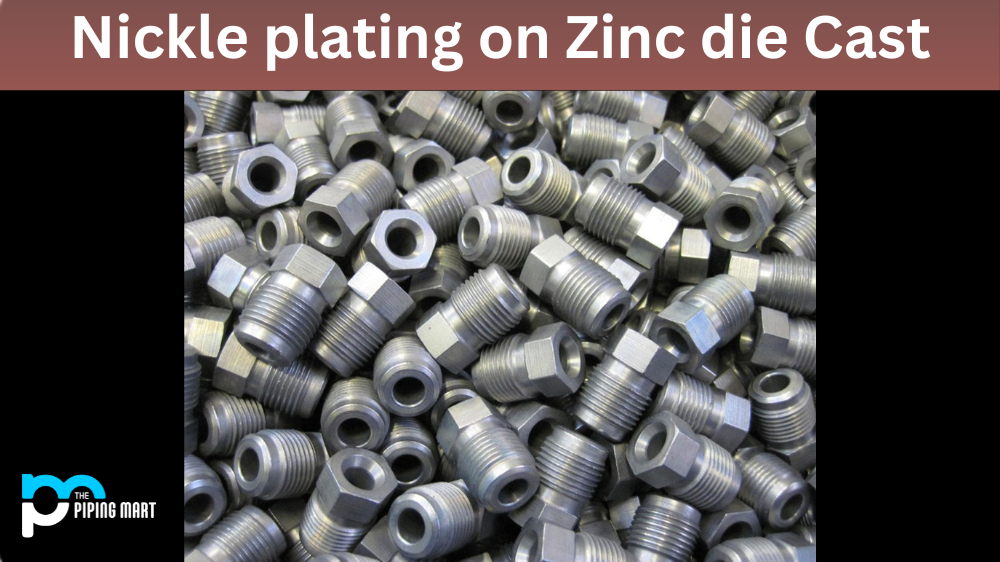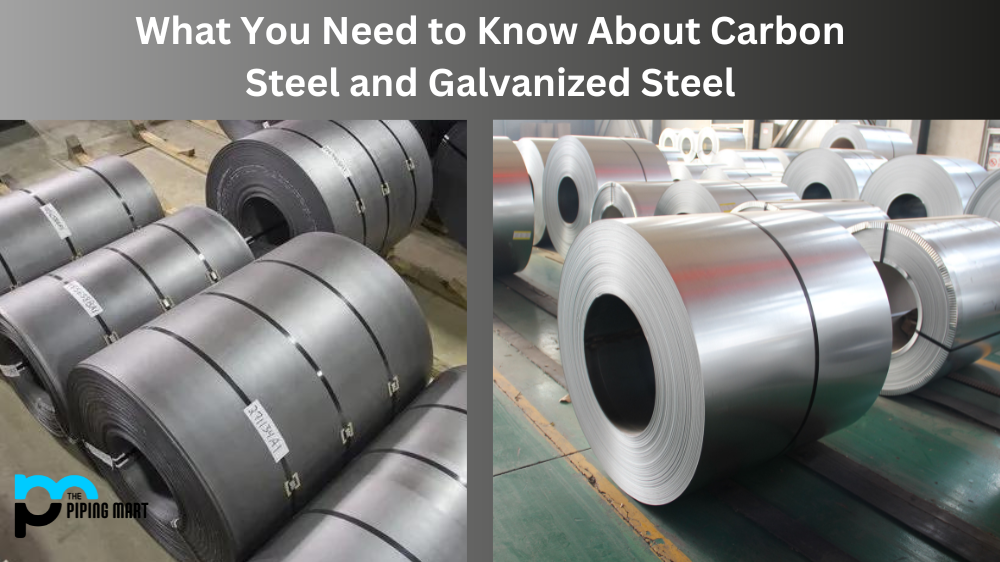When it comes to constructing buildings, using metal embedded in concrete is often a necessary step. Whether it’s reinforcing the structure or providing more support, embedding metal in concrete is an important part of many construction projects. In this blog post, we’ll take a look at what you need to know about embedding metals into concrete during building projects.
Types of Metals Used for Embedding into Concrete
The type of metal used for embedding into concrete depends on the purpose of the building project and any local codes that may be applicable. The most common types of metals used include steel, aluminum, stainless steel, and copper alloys. Each type has its own unique properties that make it suitable for certain applications, such as reinforcement or decorative features. For example, steel is commonly used when high levels of strength are needed, while copper alloys are good choices when corrosion protection is desired due to their high resistance to water and other elements.
Installation Process
The installation process for embedding metals into concrete varies depending on the type of metal being used and the size complexity of the job. Generally speaking. However, the process involves creating a template by either cutting or drilling holes into the existing concrete slab where the metal will be placed before pouring in new concrete with rebar or mesh embedded inside it. This ensures that the metal is securely held in place and that there are no gaps between it and the surrounding material once it hardens. After installation is complete, any excess material should be removed from around the metal before curing begins, as this can help reduce cracking and other potential problems down the line.
Quality Assurance Measures
In order to ensure proper installation and implementation of embedded metals into concrete during building projects, quality assurance measures must be taken both before and after installation takes place. Before installation begins, inspectors should check all materials for any signs of damage or defects and verify that all measurements are accurate according to project specifications. Once the installation has been completed, another round of inspections should take place in order to ensure that everything was done correctly according to code requirements. Additionally, regular maintenance checks should also be performed throughout a building’s lifespan in order to identify any areas where additional reinforcement may be necessary over time due to environmental factors such as weather or seismic activity.
Conclusion:
When it comes to embedding metals into concrete during building projects, understanding what type is best suited for your needs, along with the proper installation process, is essential for ensuring quality results every time. Additionally, quality assurance measures must be taken both before and after execution in order to guarantee compliance with local codes as well as performance expectations over time due to environmental factors such as weather or seismic activity. With these tips in mind, you can rest assured your next construction project will go off without a hitch!

Abhishek is a seasoned blogger and industry expert, sharing his insights and knowledge on various topics. With his research, Abhishek offers valuable insights and tips for professionals and enthusiasts. Follow him for expert advice on the latest trends and developments in the metal industry.




